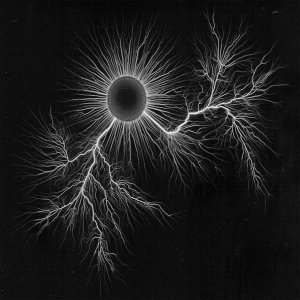
At the start of the 20th century, physicists probed the structure of nature. Their discoveries changed our fundamental understanding of matter, of life, and of war. At the center of these discoveries stood the Danish physicist Niels Bohr. Bohr approached problems of atomic structure and quantum theory with a philosophical perspective and an ability to skirt paradoxes with his principle of complementarity. Perhaps as important as Bohr’s discoveries on the atom was his hosting of international collaborations at his institute in Copenhagen, which in turn led to fundamental insights in physics and chemistry. Bohr also played significant humanitarian and diplomatic roles during World War II in Denmark, Sweden, the United Kingdom, and the United States. Many Jewish refugee scientists passed through Bohr’s institute after escaping Nazi Germany, and Bohr then facilitated their immigration to safe harbors. With us to decipher Bohr’s complex legacy is John Heilbron. John is a member of the International Academy of the History of Science, for which he served as president from 2001-2005. He is also a member of The Royal Swedish Academy of Sciences, The American Academy of Arts and Sciences, and The American Philosophical Society. He is the recipient of many awards for his scholarship on the history of science.
More Episodes
 2021-06-11
2021-06-11
 2021-05-11
2021-05-11
 2021-02-11
2021-02-11
 2021-01-11
2021-01-11
 2020-11-11
2020-11-11
 2020-06-11
2020-06-11
 2020-04-11
2020-04-11
 2020-03-11
2020-03-11
 2020-02-11
2020-02-11
 2020-01-11
2020-01-11
 2019-12-11
2019-12-11
Create your
podcast in
minutes
- Full-featured podcast site
- Unlimited storage and bandwidth
- Comprehensive podcast stats
- Distribute to Apple Podcasts, Spotify, and more
- Make money with your podcast
It is Free
- Privacy Policy
- Cookie Policy
- Terms of Use
- Consent Preferences
- Copyright © 2015-2024 Podbean.com






